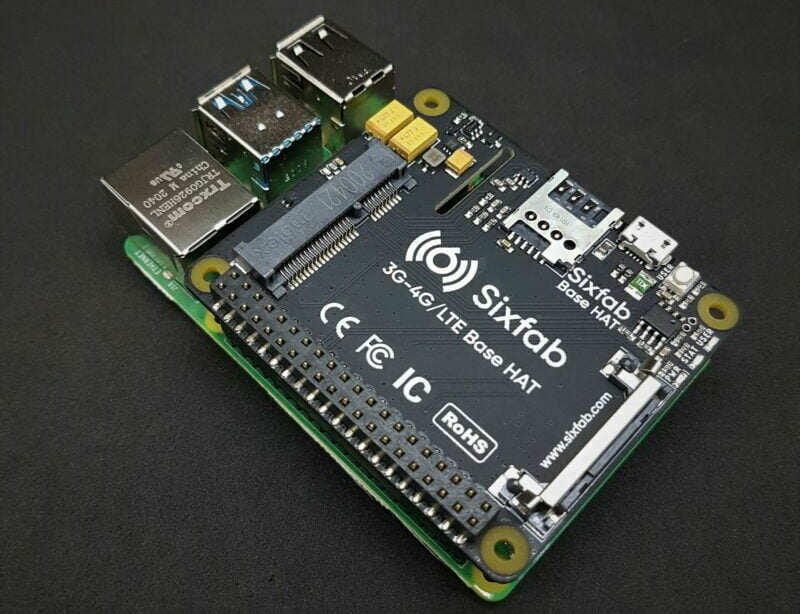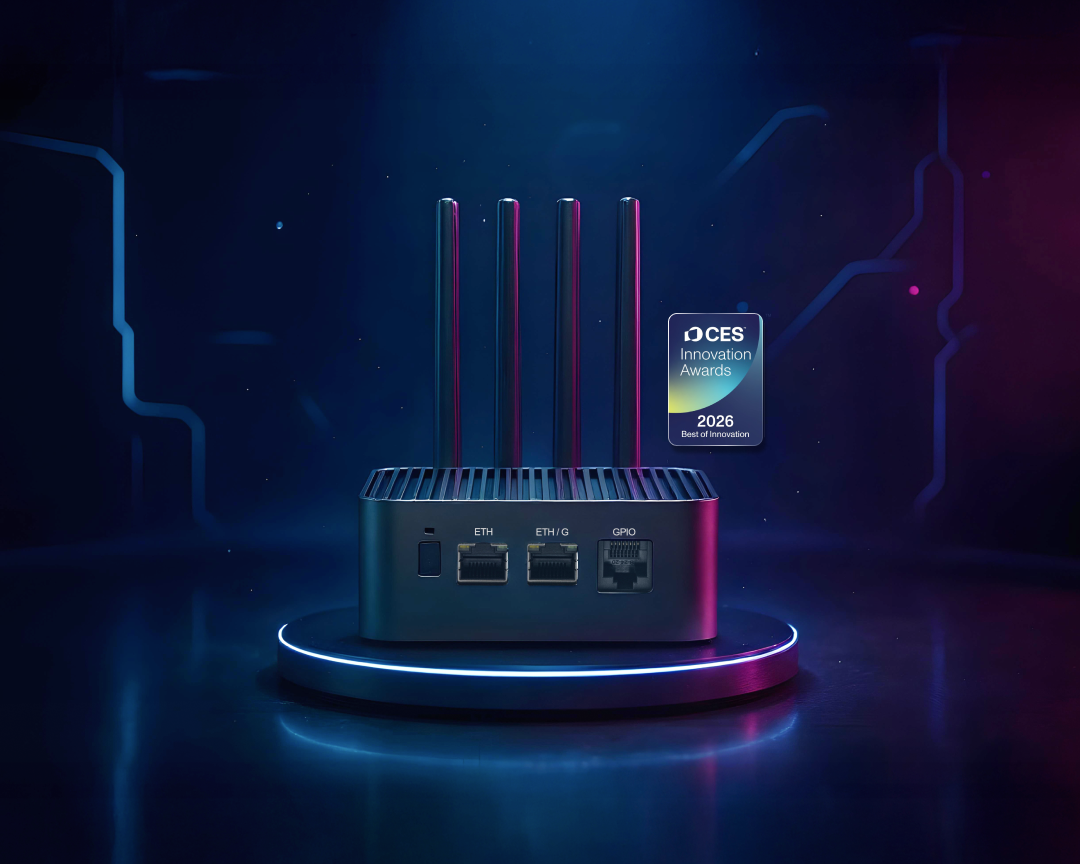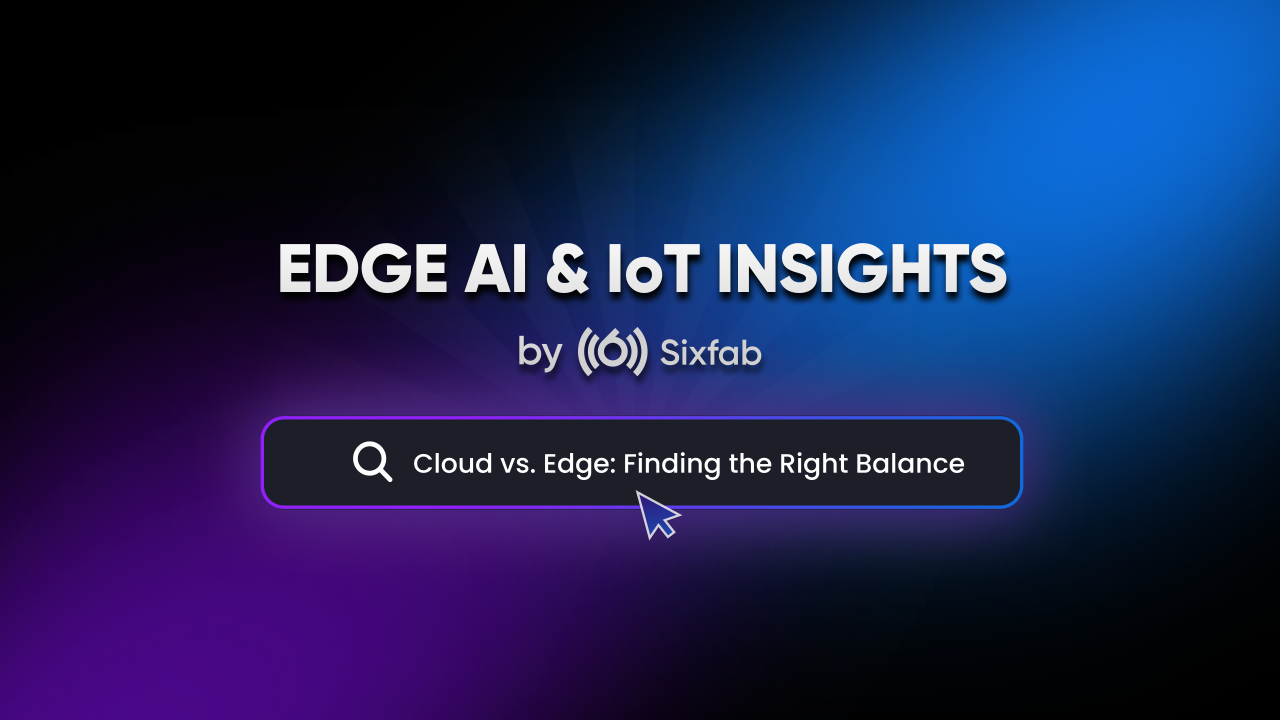In the technology world, there is always a need for a single device to perform multiple tasks to make a user’s day-to-day life easier. The Raspberry Pi HAT is a device capable of doing everything your everyday computer does, right from internet access, gaming, making spreadsheets, etc. However, its unassuming visiting-card size packs these functions and even allows for connectivity to IT peripherals like a monitor, keyboard or mouse. Further, when the device has additional “Hardware Attached on Top” (in short HAT), that includes connecting with elements such as ethernet, drivers, GPS type functionalities and sometimes expansion boards with lights, sensors and motors.
How to Make Use of Raspberry Pi HATs?
Here are some of the uses of a Raspberry Pi HAT :
Streaming of Digital TV
The Raspberry Pi TV HAT primarily allows users to watch, record and access digital TV. It receives and decodes digital television streams and then poses as a server for other devices on the network. One can then view these streams on appliances such as desktops, tablets, smartphones, radio, media libraries, etc. The software used for decoding the streams (multiplexes or mux) is called TVHeadend.
Robotics
Today, formulating and creating a robot does not necessarily cost a fortune. The size and affordability of a Raspberry Pi hat help embed facilities such as motors, sensors, neopixels, capacitive touch, etc., onto a functional board. These Raspberry Pi HAT boards are used extensively for learning and development across age groups in the robotics industry. For instance, the recent release of the Build HAT is specifically designed to simplify building robots out of LEGO components.
Gaming Console
Using some basic know-how, you can convert this card-sized Raspberry HAT into a panel used to mimic the console of a classic video game system from the ’80s or the ’90s. The implanted software takes much less space to store the operating system and games in comparison to the traditional cartridge-based consoles. It can help emulate a fully-functional arcade machine or even handheld gaming devices such as Nintendo, Sega, Playstation, etc.
Medical
Considering its benefits, Raspberry Pi HATs are not restricted to professional equipment but also find use in medical applications. Unlike other medical devices, it offers capabilities such as flexibility, mobility and wearability. It helps one instantly and accurately measure vital statistics such as pulse, oxygen level, body temperature, etc. They are most commonly used in fitness trackers, oximeters, portable heart monitors, etc.
How to Assemble & Configure Raspberry Pi HATs?
Now let’s take a look at the steps required to set up a Raspberry Pi HAT :
Assembling Process:
Step 1: Peel off the adhesive film that protects the laser-cut parts of the plates of the case.
Step 2: Connect risers to the header pins and clip the support pillars to the main PI board.
Step 3: Place the Raspberry Pi hardware onto the plate and screw them together.
(Pro Tip: Avoid over-tightening to keep the acrylic intact)
Step 4: Attach the GPIO header (electronic circuits controls) to the Raspberry HAT and pin them together securely.
(Pro Tip: Ensure a gap between the Pi and the header to avoid any impact on connection and performance)
Step 5: Lastly, lower the casing over the assembly and snap it into place.
Configuration Process:
Step 1: Ensure that your micro SD card is updated with the latest Raspian software.
Step 2: If you are setting up a headless Raspberry Pi hardware (without mouse and keyboard), enable Secure Shell (SSH) for a secure connection.
Step 3: If you have a Raspberry Pi add on (screen, mouse and keyboard), connect these IT peripherals with a USB, HDMI cable, ethernet, etc.
Step 4: Once connected, open a terminal window (a text-only window that mimics a console), go through the security prompts and set up the password.
Step 5: Install and configure the relevant software package for your pi hats, run the intro, and you are all set!
Commonly Used Raspberry Pi HAT Types
Here are some of the widely used Raspberry Pi HAT types:
Sense HAT
As the name suggests, this HAT allows your Raspberry Pi to sense the world around it. It is often used when one looks to record both positioning and environmental data. Through its many sensors, it captures orientation, speed, pressure, weather conditions, etc. An everyday use of this hat would be a home device that constantly gives out room temperature.
Automation HAT
With automation being the key trend in every household, not every consumer is able to afford high-end intelligent home devices such as Alexa, Echo or Google Home. Using this hat, consumers can easily build a set-up to control their low voltage devices such as alarm systems, thermostats, sprinklers, etc.
TV HAT
Packed with the capability to receive and broadcast digital terrestrial TV, this hat will help augment your television and media streaming experience. The Raspberry Pi TV hat is easy to place within your overall design without occupying considerable space.
POE HAT
Ever wondered what helps power your phone without being constantly connected to a power source? It is PoE (Power over Ethernet) that is in motion here and helps power your Raspberry Pi using Ethernet–enabled networks. The Raspberry Pi PoE HAT is also perfect for mounting devices in remote locations without a power source, for instance, a CCTV camera.
Raspberry Pi HATs by Sixfab
Sixfab understands that consumers are bogged down by numerous IT peripherals and have to alternate between different operating systems. Even when it comes to your mobile networks, users have to deal with various hardware and network protocols. Hence, our cellular connectivity solution helps connect your IoT devices using a SIM card across global networks. Some of our top products include :
Once inserted into a device, this acts as a bridge between Raspberry Pi and the modem. With the promise of high-speed connectivity and low-power consumption, it simplifies connectivity be it remote, on the field or across borders.
With the ability to track applications, this hat has been designed with built-in LNA to provide better sensitivity and accurate GPS positioning. Further, its Quad-band GSM/GPRS module provides reliable worldwide data connectivity. Its focused application is in power-sensitive projects that require advanced power controls and sleep mode functionalities.
To solve the problem of intermittent power supply in IoT projects, this product seeks to become the uninterruptible HAT. It is designed to intelligently manage devices, batteries and adapters to ensure continuous power, and seamless functioning of your Pi to avoid the hanging or resetting of switches. The RTC-MCU integrated feature allows you to schedule and monitor power on/off tasks remotely, timely, and securely.
With these products, Sixfab aims to provide seamless and uninterrupted cellular connections using a single board computer.



